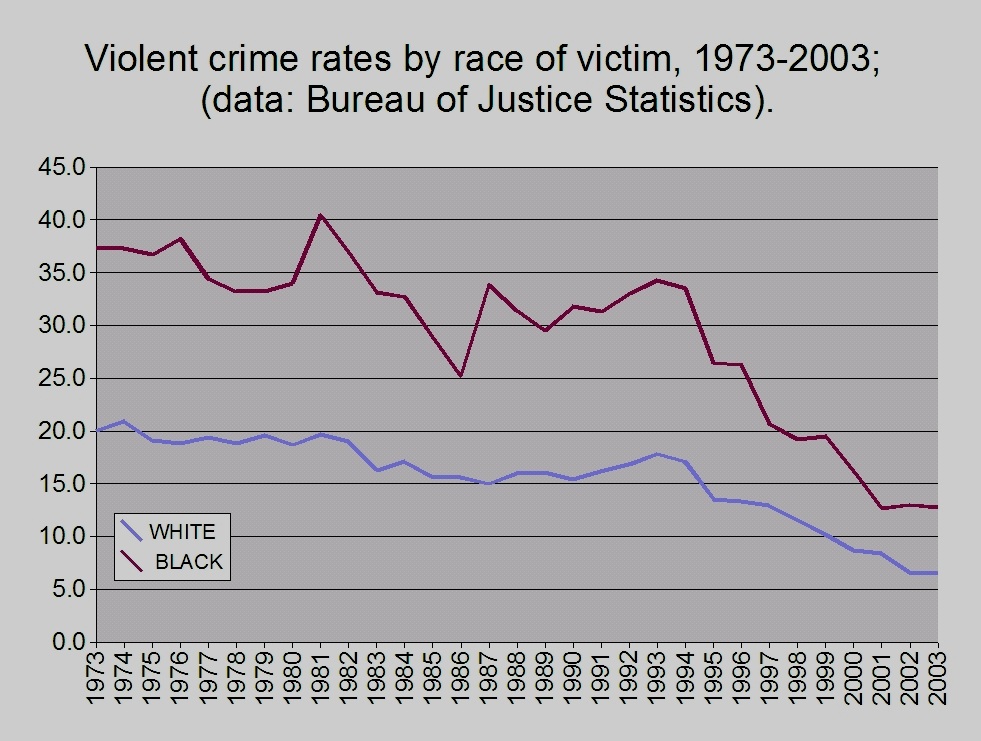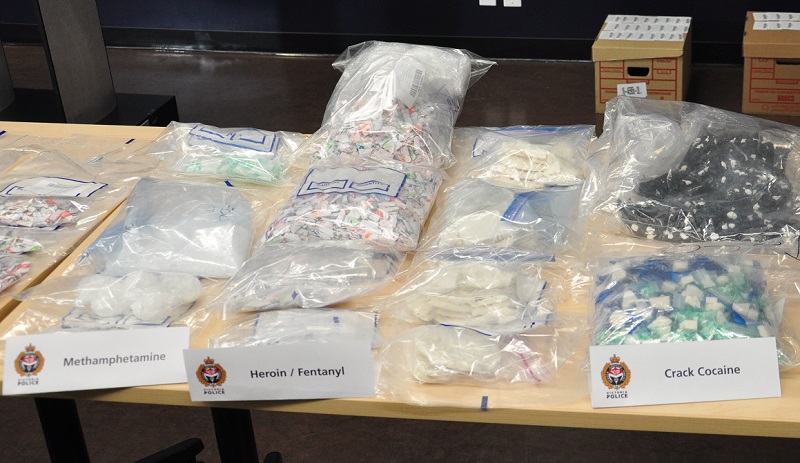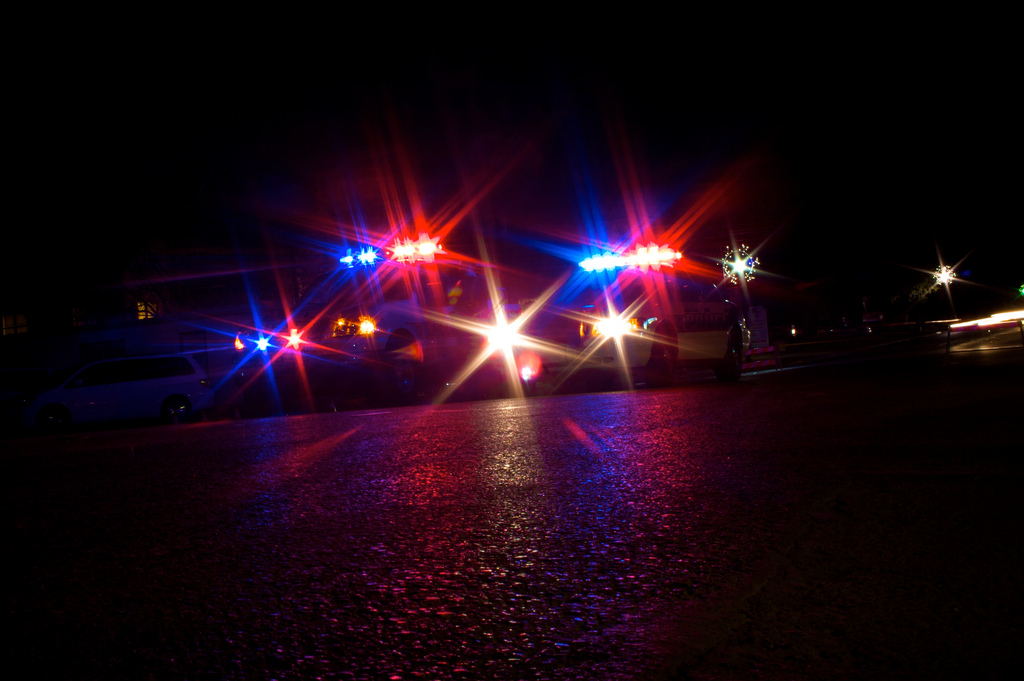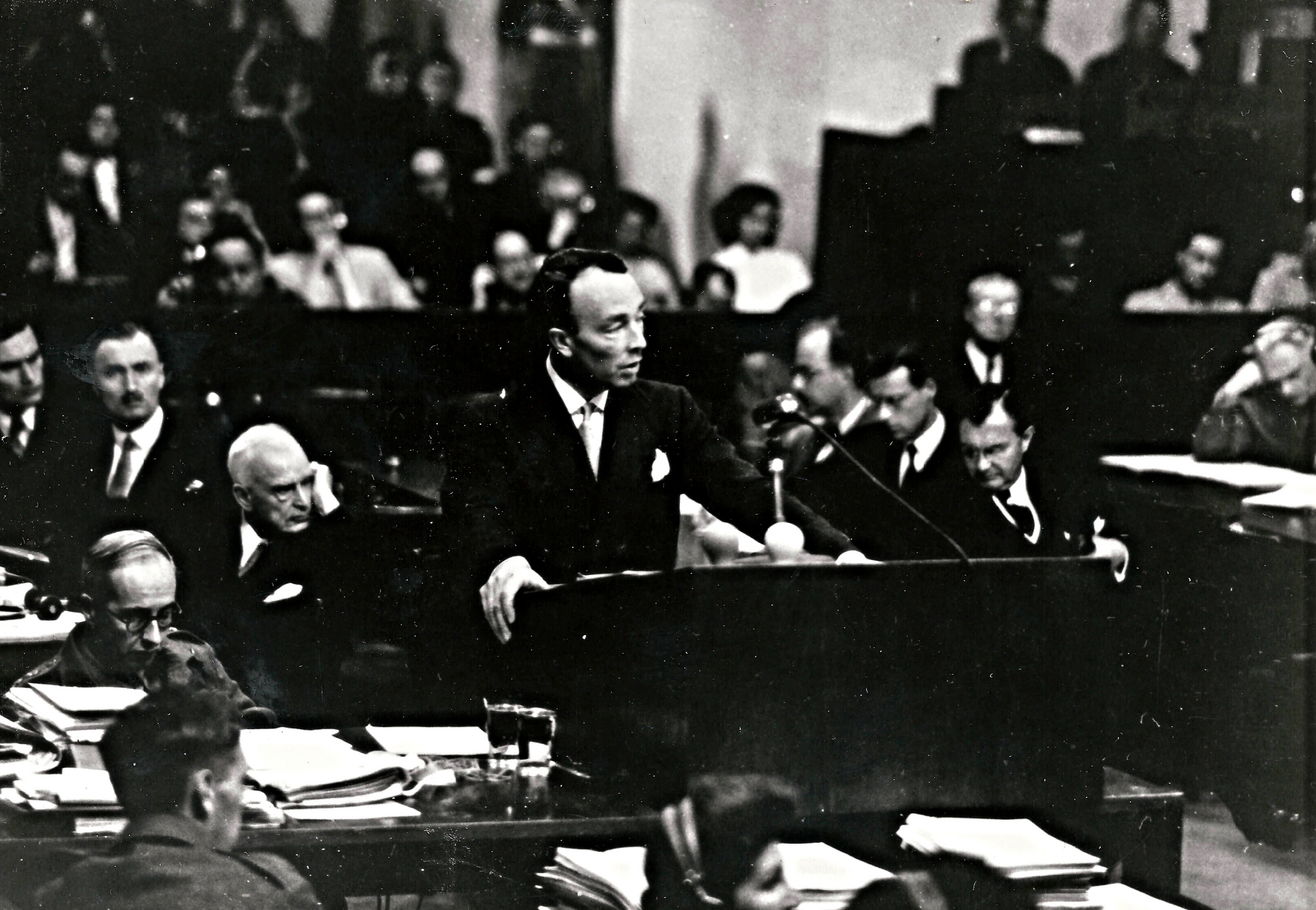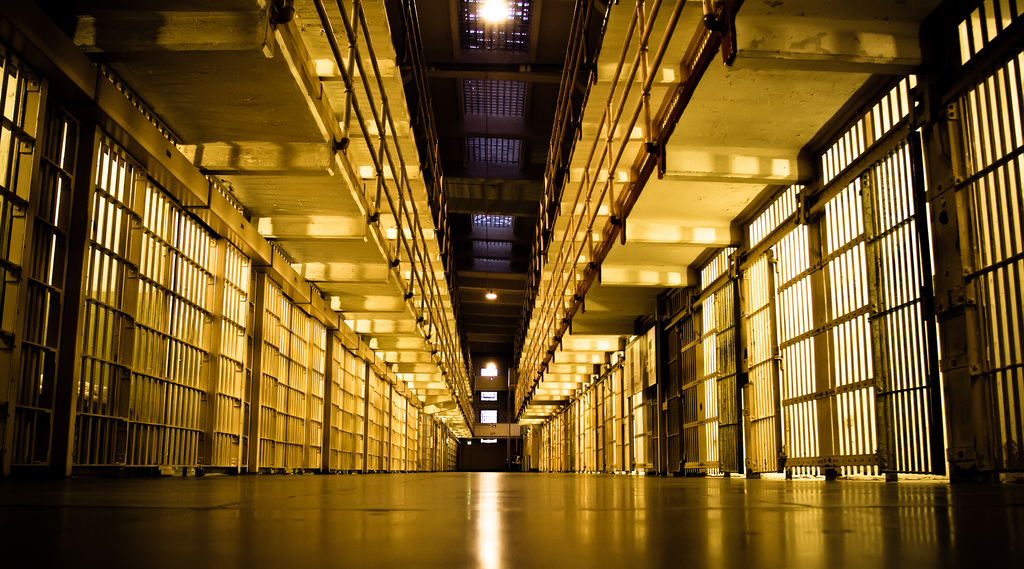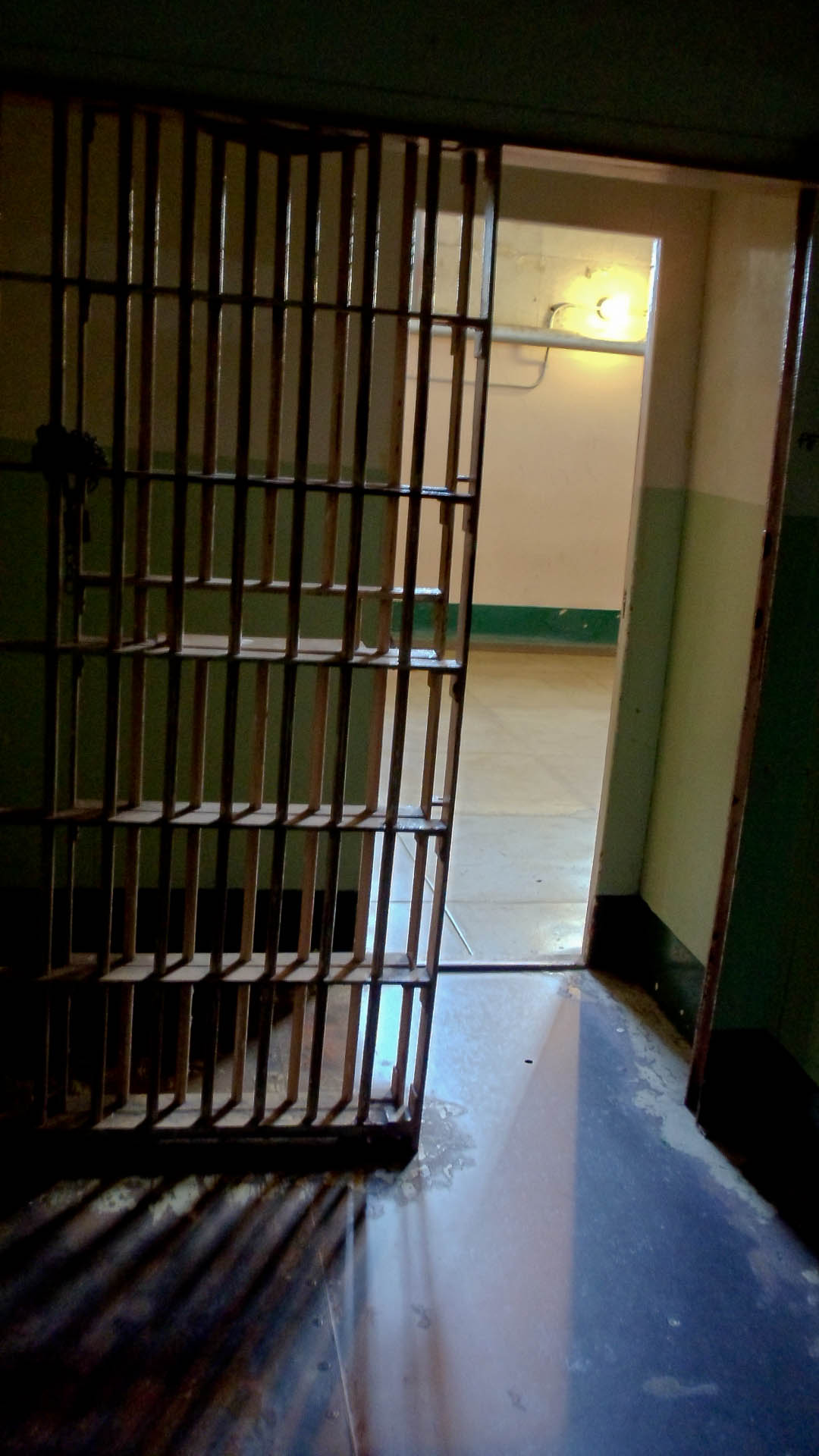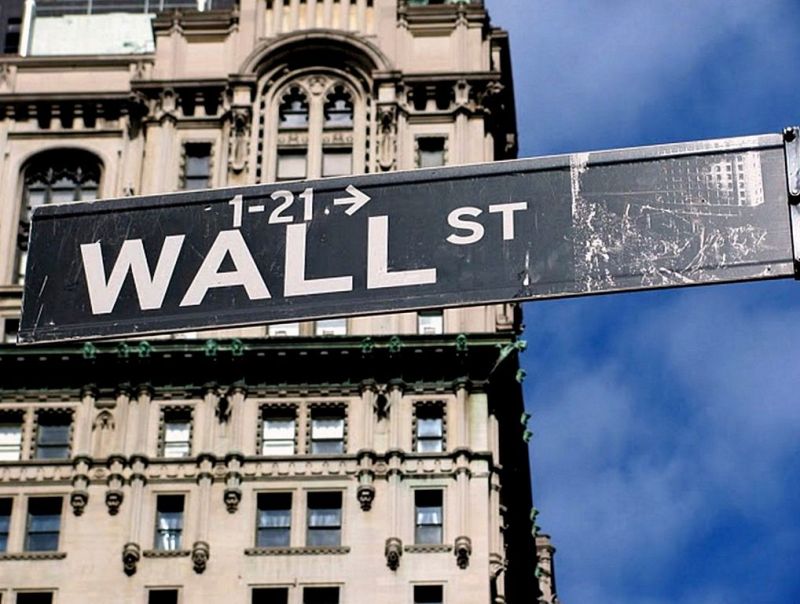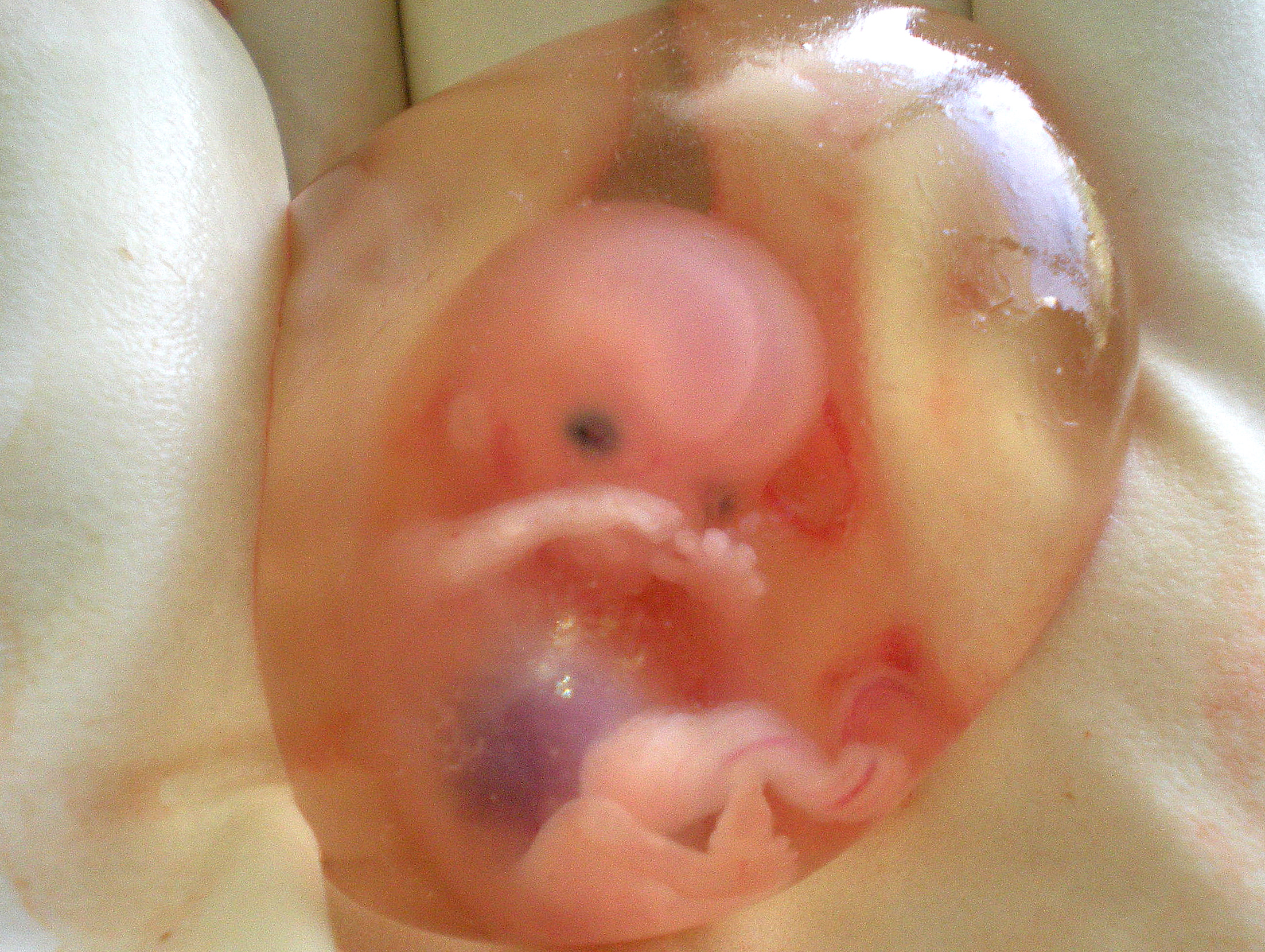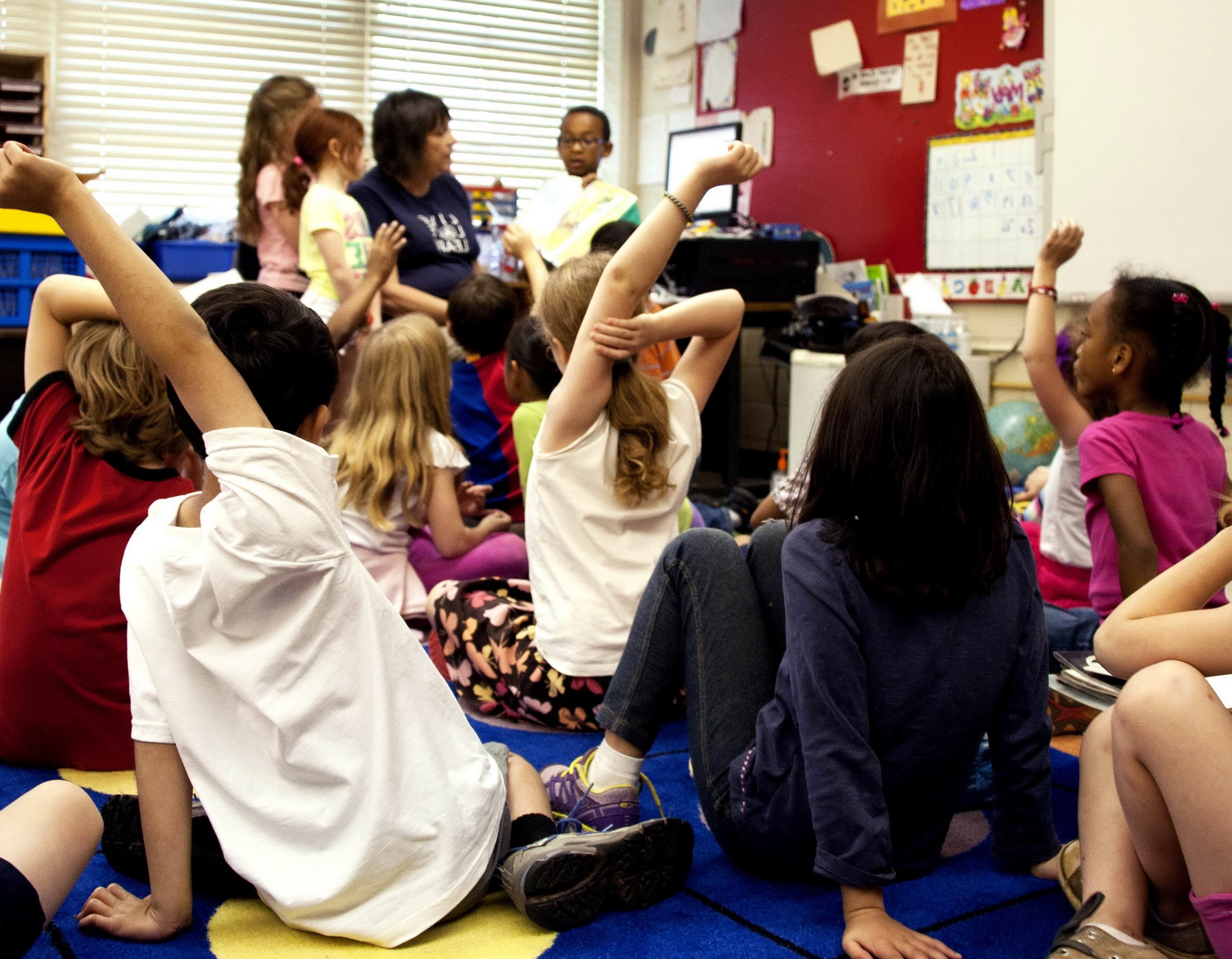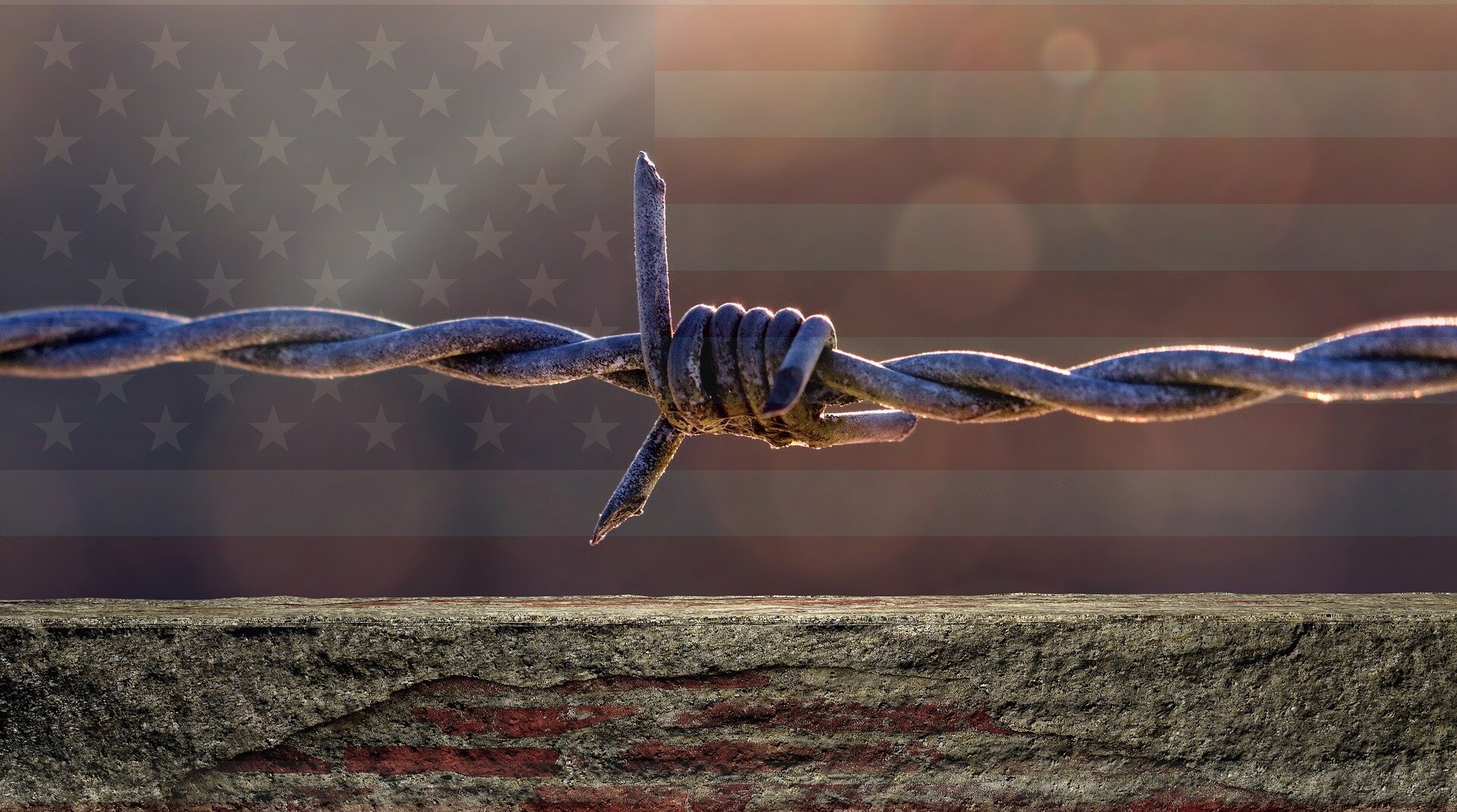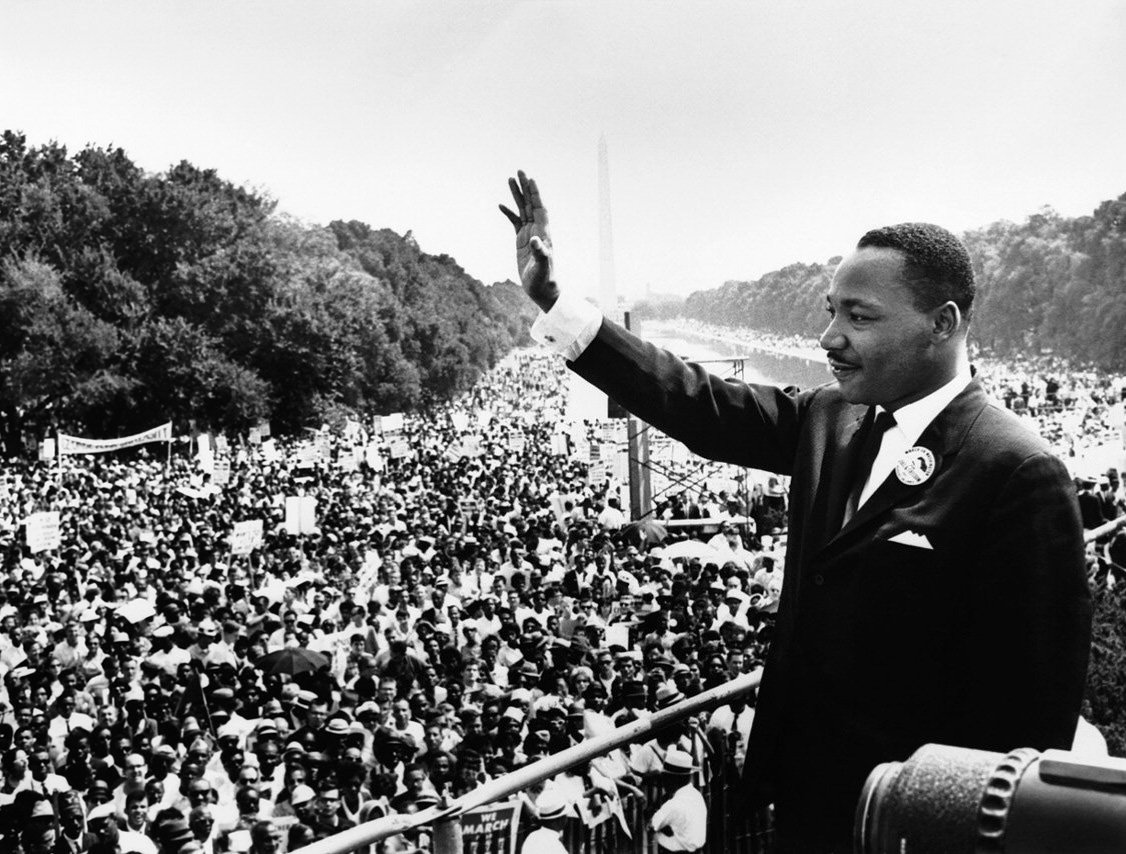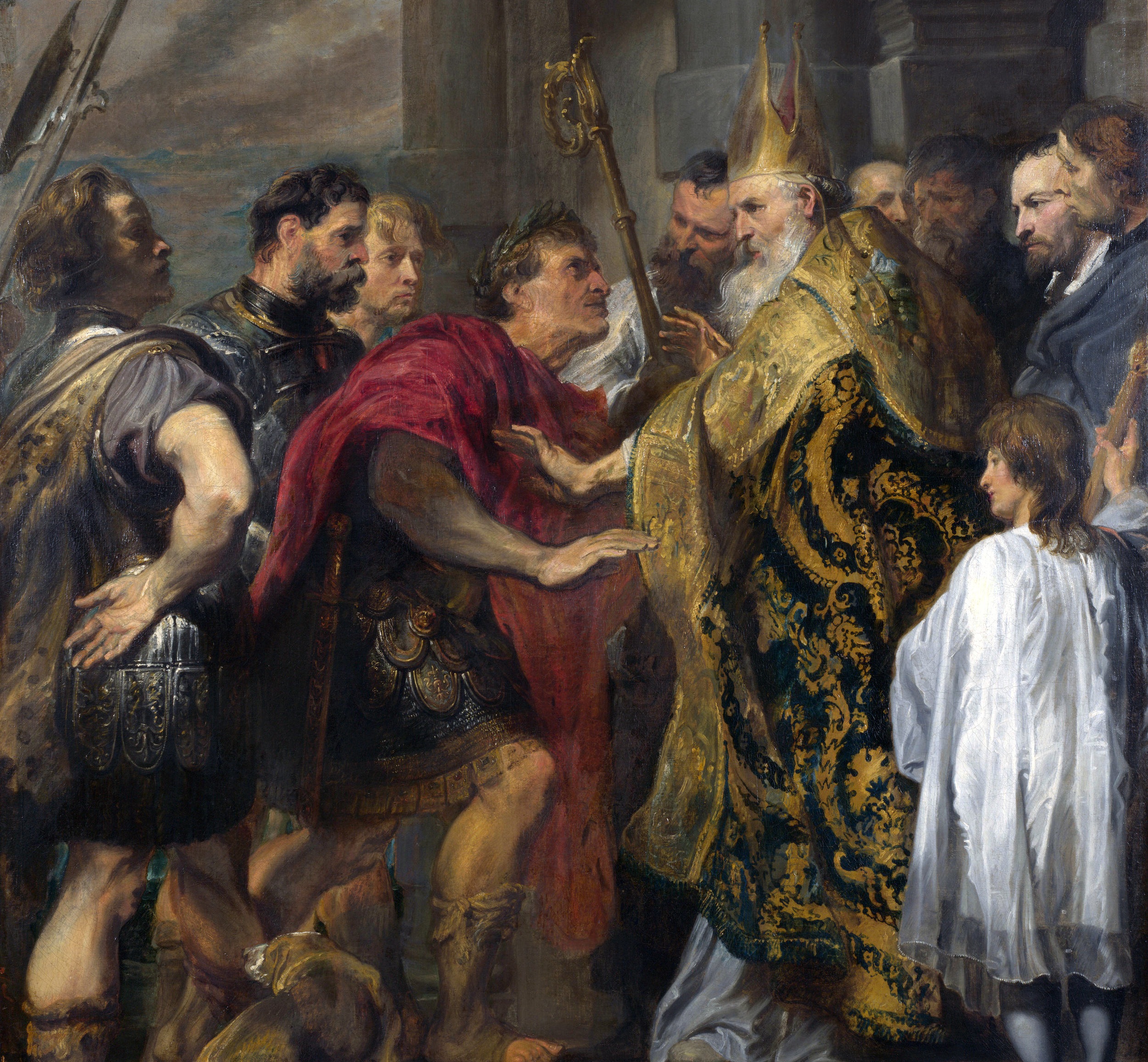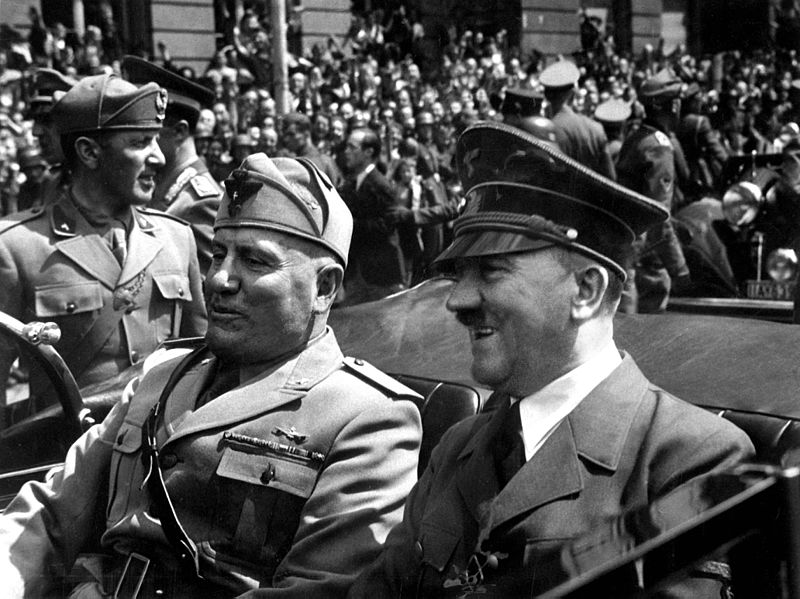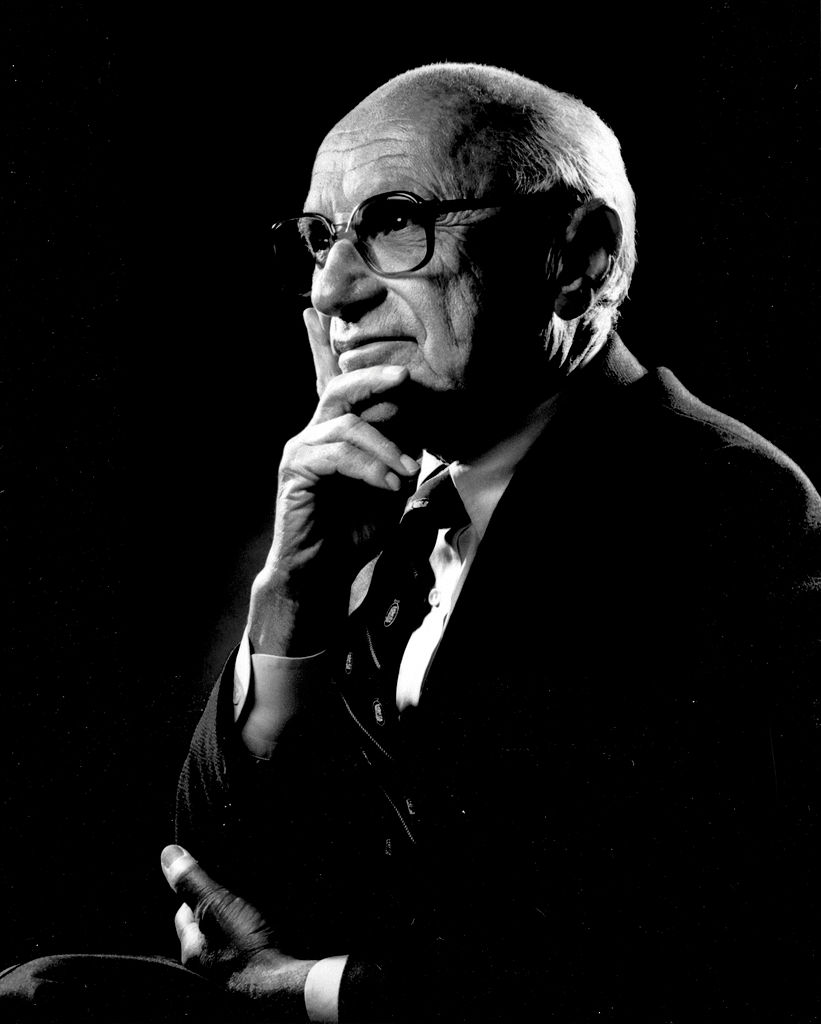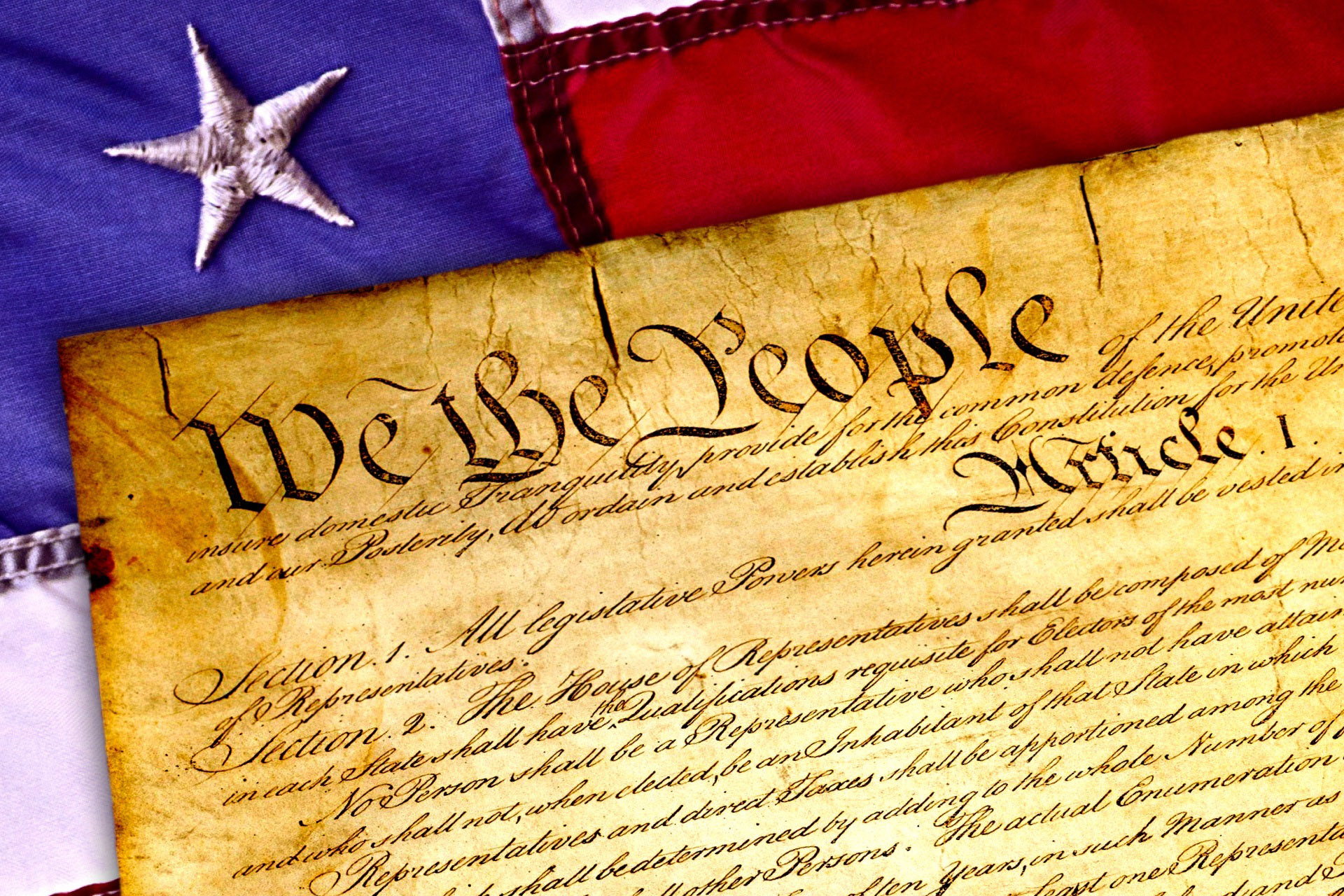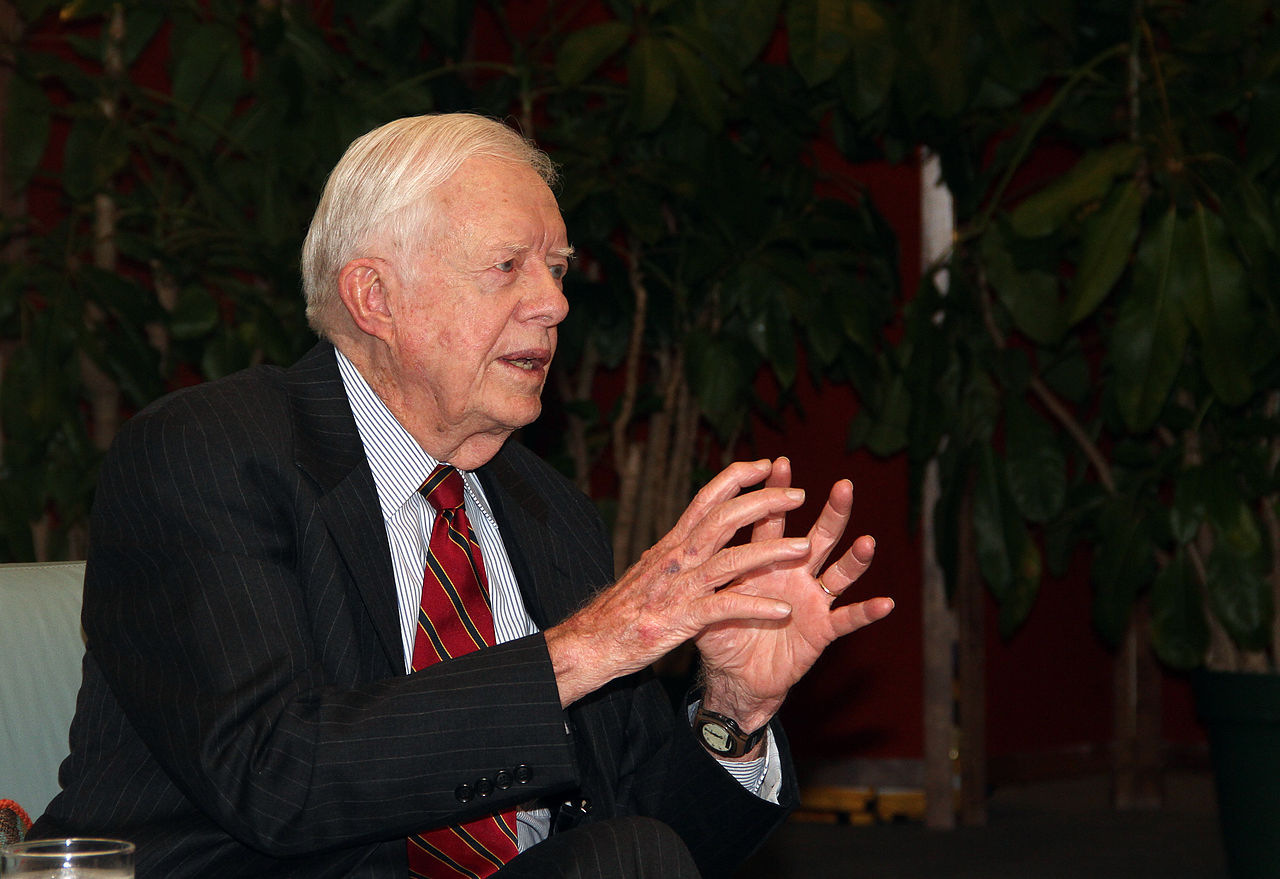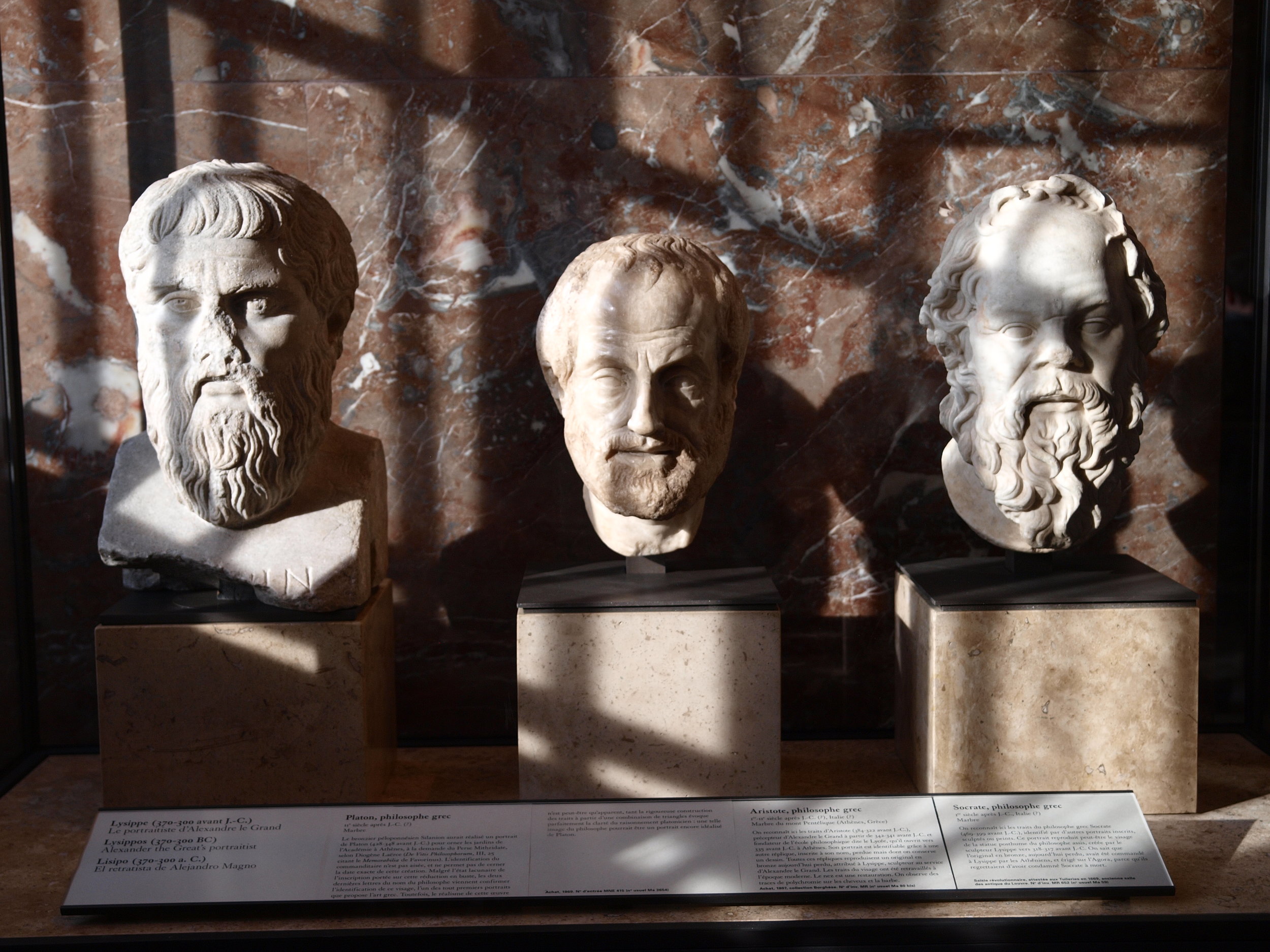Crime Stats and Their Interpretation
Credit: Ryan Cragun and Bureau of Justice Statistics, Public Domain.
Introduction
These resources explore moral and ethical challenges related to criminal justice in general, and the interpretation of crime statistics in particular. We pay special attention to how God’s creation order and God’s vision for relationships between human beings impacts the field of criminal justice.
Messages and Essays on Crime Statistics
Sangwon Yang and Mako Nagasawa, The Illusion of Meritocracy in Policing, Part 3 (The Anastasis Center blog, Jan 22, 2019) explores the violent crime rate from the 1950’s - 1990’s, how the black community was unfairly perceived, and why restorative justice could have led to different public and community outcomes. See also The Illusion of Meritocracy in Policing, Part 1 (The Anastasis Center blog, Dec 3, 2018) explores incidents of police abusing power or covering up criminal acts; and The Illusion of Meritocracy in Policing, Part 2 (The Anastasis Center blog, Jan 7, 2019) explores how the “War on Drugs” contributed to the racially biased mass incarceration problem.
Resources on Crime Statistics
The Marshall Project (website) non-profit journalism for criminal justice
FBI Uniform Crime Statistics, Murder Rate Per 100,000 People: 1960 - 2015 (FBI)
The Atlantic, The Presence of Justice (The Atlantic) a collection of articles
ArcGIS, Analyzing Violent Crime (ArcGIS website) with Chicago as an example - violent crime geographically correlated with unemployment, not with liquor stores, and slightly with poverty
Bill Quigley, Fourteen Examples of Racism in Criminal Justice System. Huffington Post, Jul 26, 2010.
The Sentencing Project, Race and Punishment: Racial Perceptions of Crime and Support for Punitive Policies. The Sentencing Project, 2014.
Ta-Nehisi Coates, Other People's Pathologies. The Atlantic, Mar 30, 2014. On distinguishing between a culture of poverty and black culture.
Rich Flanagan, Why Do Rich Kids Commit Crimes? Pacific Standard, Apr 30, 2014 and Jun 14, 2017. “A 2012 report in The Journal of Research on Adolescence found that “boys living in the most affluent neighborhoods reported higher delinquency levels” than boys living in middle-class ones. Yet, generally, “family affluence, even at the highest levels, predicted lower problem levels for youth.” According to a 2007 study published in Current Directions in Psychological Science: “Early adolescents at both socioeconomic extremes showed admiration for classmates who openly flouted authority. In the suburban context, high peer status was linked with overt displays of low academic effort, disobedience at school, aggressiveness among girls, and substance use among boys.””
John R. Lott, Jr., Blacks Trust Police More Than Whites Do. Fox News, Dec 19, 2014. Whites underreport crimes more than blacks, curiously.
Dara Lind and German Lopez, 16 Theories For Why Crime Plummeted in the US. Vox, May 20, 2015.
Dara Lind, The US is Safer - and Americans Don't Have Any Idea. Vox, Apr 7, 2016. Crime rates are down.
Maria Sacchetti, Criminal Immigrants Reoffend at Higher Rates Than ICE Has Suggested. Boston Globe, Jun 4, 2016.
Olivia Li, The Vicious Cycle of Everyday Gun Violence and Eroding Police Relations. The Trace, Jul 22, 2016.
German Lopez, How America's Criminal Justice System Became the Country's Mental Health System. Vox, Jul 27, 2016.
German Lopez, Confronting the Myth that "Black Culture" is Responsible for Violent Crime in America (Vox, Sep 1, 2016.
David Bier, Donald Trump Is Wrong—Immigrants Don’t Commit More Crimes. Cato Institute, Sep 27, 2016.
Lewis Beale, ‘The 13th’: Ava DuVernay’s Damning Netflix Doc Finds the Truth About Mass Incarceration. Daily Beast, Oct 3, 2016.
German Lopez, Americans Don't Know Crime Has Plummeted; In Fact, They Think It's Gone Up. Vox, Oct 10, 2016.
Michael Jonas, Mapping Incarceration in Boston. Commonwealth Magazine, Nov 10, 2016.
Danielle Sered, Accounting for Violence: How to Increase Safety and Break Our Failed Reliance on Mass Incarceration. Vera, Feb 2017.
Eli Hager and Bill Keller, Everything You Think You Know About Mass Incarceration Is Wrong. The Marshall Project, Feb 9, 2017. A very helpful analysis of violent vs. non-violent crime, federal vs. state prison populations, and the role of the prosecutor.
Ed Stetzer, NORP Think and the U.S. Criminal Justice System. Christianity Today, May 19, 2017.
Mike Males, White People Should Be More Afraid of Other Whites Than They Are of People of Color. Los Angeles Times, Aug 3, 2017.
German Lopez, We Don't Need Mass Incarceration to Keep People Safe. This Chart Proves It. Vox, Jan 16, 2018.
Jonathan Greenblatt, The Resurgent Threat of White-Supremacist Violence. The Atlantic, Jan 17, 2018.
Francesca Mirabile, Chicago Still Isn’t the Murder Capital of America. The Trace, Jan 18, 2017.
Anna Flagg, The Myth of the Criminal Immigrant. New York Times, Mar 30, 2018.
Debbie Nathan, How the Border Patrol Faked Statistics Showing a 73 Percent Rise in Assaults Against Agents. The Intercept, Apr 23, 2018.
Paul D. White, May 3 Ventura Rally Against Vagrant Crime: A Cause That Everyone Can Support. Ventura Citizens Journal, Apr 29, 2018. On the relation between homelessness and crime.
Alec MacGillis, The Tragedy of Baltimore. New York Times Magazine, Mar 12, 2019. Baltimore before and after the Freddie Gray incident. Summarized by Bret Stephens, American Crime and the Baltimore Model. New York Times, Jul 17, 2020. “In 2014, there were 211 homicides in the city of Baltimore. The following year, there were 342, an astonishing increase of 62 percent. The murder rate has barely budged since. What happened? On April 12, 2015, Freddie Gray sustained a fatal injury in the back of a police van. Peaceful protests and then violence ensued. A demoralized, under-resourced and sometimes corrupt police force stopped doing its job properly. Nearly 30,000 residents have since fled the city, whose population is now the lowest it’s been in a century.” Criticizes Baltimore as if it is a standard of “progressive fantasies.”
Michael Herriot, A Judge Asked Harvard to Find Out Why So Many Black People Were In Prison. They Could Only Find 1 Answer: Systemic Racism. The Root, Sep 10, 2020. refers to Elizabeth Tsai Bishop, Brook Hopkins, Chijindu Obiofuma, Felix Owusu, Racial Disparities in the Massachusetts Criminal System. The Criminal Justice Study Program, Harvard University, Sep 2020.
Michael T. Light, Jingying He, and Jason P. Robey, Comparing Crime Rates Between Undocumented Immigrants, Legal Immigrants, and Native-born US Citizens in Texas. Proceedings of the National Academy of Sciences | U.S. Department of Justice, Dec 2020. “The study found that undocumented immigrants had substantially lower crime rates than native-born citizens and legal immigrants across a range of felony offenses. Relative to undocumented immigrants, U.S.-born citizens are over 2 times more likely to be arrested for violent crimes, 2.5 times more likely to be arrested for drug crimes, and over 4 times more likely to be arrested for property crimes. In addition, the proportion of arrests involving undocumented immigrants in Texas was relatively stable or decreasing over this period. The differences between U.S.-born citizens and undocumented immigrants are robust to using alternative estimates of the broader undocumented population, alternate classifications of those counted as “undocumented” at arrest and substituting misdemeanors or convictions as measures of crime.”
Elizabeth Nolan Brown, Violent Crime in Baltimore Plunges After City Ditches Prosecution of Prostitution, Drug Possession, Other Minor Offenses. Reason, Apr 1, 2021. The focus on violent vs. non-violent crime pays off. “After a year of foregoing prosecution of certain nonviolent misdemeanor crimes, Baltimore has seen a serious drop in violent crimes and property crimes, too. Between March 2020 and March 2021, violent crime in Baltimore dropped 20 percent and property crime dropped 36 percent. Homicides were also down slightly (13 fewer compared to the previous year).”
Emma Tucker and Peter Nickeas, The US Saw Significant Crime Rise Across Major Cities in 2020. And It's Not Letting Up. CNN, Apr 3, 2021. “Sixty-three of the 66 largest police jurisdictions saw increases in at least one category of violent crimes in 2020, which include homicide, rape, robbery, and aggravated assault, according to a report produced by the Major Cities Chiefs Association. Baltimore City, Baltimore County and Raleigh, North Carolina, did not report increases in any of the violent crime categories.”
Rep. Val Demings (Twitter, Jun 25, 2021. Demings points out that the strategy and philosophy of policing impacts the violent crime rate. “President Biden’s new crime plan follows the same model we successfully used in Orlando: crack down on violent criminals, get guns out of the wrong hands, and partner with the community. Our effort reduced violent crime by 40%.”
Krystal Ball and Saagar Enjeti, Charles Lehman: Fact Vs. Fiction On Why Murders Spiked 30% In 2020. Breaking Points, Oct 4, 2021. Highlights many puzzling relationships. There is no relation between gun purchases and homicide rates by state. The increases in homicide rates occurred in suburbs and rural areas.
Jeff Asher, Murder Rose by Almost 30% in 2020. It’s Rising at a Slower Rate in 2021. New York Times, Nov 15, 2021 update. “The change in murder was widespread — a national phenomenon and not a regional one. Murder rose over 35 percent in cities with populations over 250,000 that reported full data. It also rose over 40 percent in cities 100,000 to 250,000, and around 25 percent in cities under 25,000.”
David Zipper, The Deadly Myth That Human Error Causes Most Car Crashes. The Atlantic, Nov 26, 2021. “Every year thousands of Americans die on the roads. Individuals take the blame for systemic problems.” American individualism means that car crashed are attributed to individual drivers, cyclists, and pedestrians. Civil engineers, urban planners, etc. do not shoulder responsibility. But in the EU, they do. “In the European Union, whose population is one-third larger than America’s, traffic deaths dropped by 36 percent between 2010 and 2020, to 18,800. That downward trend is no accident: European regulators have pushed carmakers to build vehicles that are safer for pedestrians and cyclists, and governments regularly adjust road designs after a crash to reduce the likelihood of recurrence.”
Mehdi Hasan, Race Hard To Ignore In Sentencing Differences In Voting Cases. MSNBC, Apr 16, 2022. Hasan compares white men who commit voter fraud to people of color: Crystal Mason (Texas)
Cody Johnston and Katy Stoll, The Devastating Impact of 'Fear of Crime' Politics. Some More News, Apr 20, 2022. How crime stats get used by politicians — especially conservative ones — to stoke fear or celebrate supposed accomplishments. Meanwhile, wage theft is not considered a crime, showing that corporate interests dominate the criminal justice system. Johnston argues that crime stats are used to divide the American public by race.
01:00 - The Giant Crime Wave That Doesn’t Actually Exist. Conservatives, and increasingly liberals, use increasing crime rates to stoke fears before elections and use declining crime rates during tenure.
11:31 - What Is Crime? Wage theft is not considered a crime, showing that corporate interests govern the definition of “crime.”
18:00 - Why The Crimerate Has Actually Fallen. People make these claims despite counterfactuals: crime has decreased, generally.
25:30 - The Impact Of The Fear of Crime Or Joe Biden and his Fear of Crime Legacy
41:30 - The War On The War On Drugs
50:20 - Our Crime Policies Are Designed To Divide Us By Race
1:06:30 - Corporations Want to Keep The Status Quo
John Oliver, Crime Reporting. Last Week Tonight with John Oliver (HBO), Oct 10, 2022. Brilliant critique of the police as an interest group and journalists as lazy when they report, “Police say…”
Briahna Joy Gray and Robby Soave, Debate: Crime Reportedly 'Top Of Mind' For Voters’ Behind The Economy, Is It Copaganda? Rising | The Hill, Nov 2, 2022. A very lively debate on why crime is such a political issue: does poverty cause crime sufficiently; what about mental health supports; are jobs and social supports a more effective way to reduce crime than increasing police funding and staffing; etc.
Alexi McCammond, Not an Anomaly: 2020’s Red States Have Higher Murder Rates. Axios, Jan 27, 2023.
Noah Smith, Interracial Violence Is Rare in the United States. Noahpinion | Substack, May 10, 2023. Pinion points out that white on white violence is by far the highest category, and same-race violence in general is highest. The left, however, likes to feature white on minority violence, while the right spotlights white victims.
Ari Melber, Hannity Exposed: 'Just Comply' Lie Shredded in DOJ’s Trump Charges. The Beat | MSNBC, Jun 23, 2023. “Donald Trump’s arrest shows the GOP’s double standard on FBI “compliance.” While many suspects are given minutes to comply with police, Trump was given months. In this special report, MSNBC Chief Legal Correspondent Ari Melber exposes the GOP’s double standard on “police rules.””
Morning Joe, What Trump Gets Wrong When He Talks About Cities as Crime Dens. Morning Joe | MSNBC, Dec 1, 2023. Seven of ten top cities on gun deaths per capita are Republican. “After Sen. John Kennedy, R-La., received a correction this week on gun statistics during a senate hearing, the Morning Joe panel discusses Sen. Kennedy's remarks along with Trump statements from March on cities as crime dens and what those comments get wrong.”
Chris Hayes, Debunking the Right-wing Myth of the ‘Migrant Crime Surge’. All In | MSNBC, Feb 29, 2024. Simply not true. See also Olympia Sonnier and Garrett Hawke, Trump's Claims of a Migrant Crime Wave Are Not Supported by National Data. NBC News, Feb 29, 2024. And Alex Nowrasteh, Illegal Immigrants Have a Low Homicide Conviction Rate. Deep Dives, Feb 28, 2024. Setting the Record Straight on Illegal Immigrant Crime in Texas.
Chris Stirewalt, Emerging from a Long Pandemic Hangover. The Dispatch, Apr 16, 2024. “The murder rate and traffic deaths are decreasing, and drug overdoses appear to be leveling off.”
Christian Restorative Justice and Criminal Justice: Topics:
This section on Criminal Justice highlights the biblical, church historical, and practical importance of Christian restorative justice. We examine Restorative Justice in its Christian and secular forms, as well as efforts to apply Classroom Restorative Justice to address the school-to-prison pipeline. We also maintain awareness of Human Trafficking and Drug Policy because of the moral and political importance of these policies. Crime Stats highlights the facts and political uses of statistics. Police Oversight tracks proposed and implemented forms of public governance over the police. Policing lists resources on the police abuse of the public trust. Prosecutors lists resources on the role of prosecutors in the legal system and the discretion they have. Sentencing and Prisons highlight moral problems with jury selection, sentencing disparities, prison conditions, conduct in the correctional systems, and the political placement and funding of prisons to benefit mostly white districts. Reintegration examines the moral imperative of assisting returning citizens.
Related pages include: Racism and Criminal Justice for how racism has impacted criminal justice historically in the U.S.; Race and Slavery for an examination of the Trans-Atlantic Slave Trade; Sex Industry for attempts at legalizing aspects of the sex trade.
